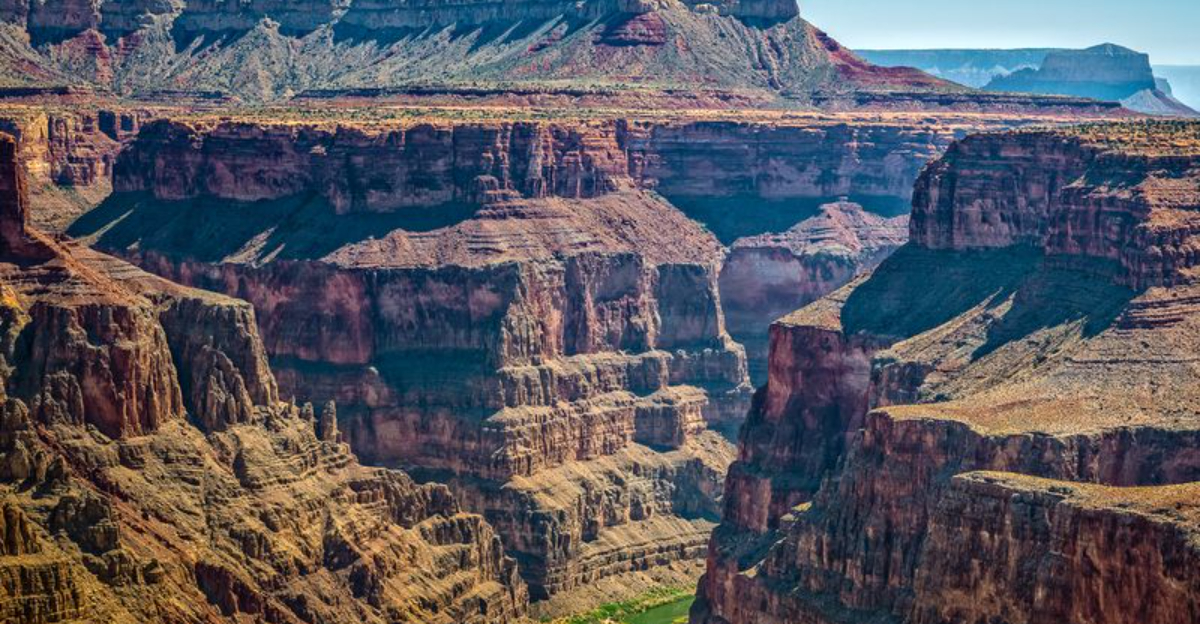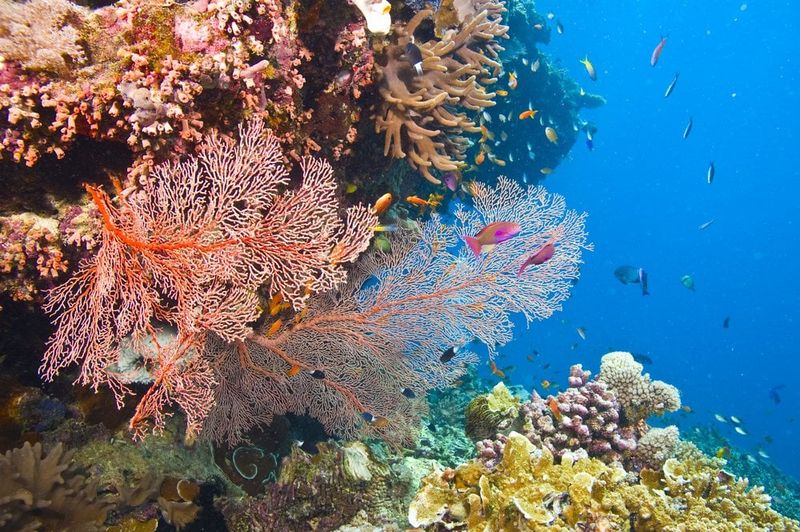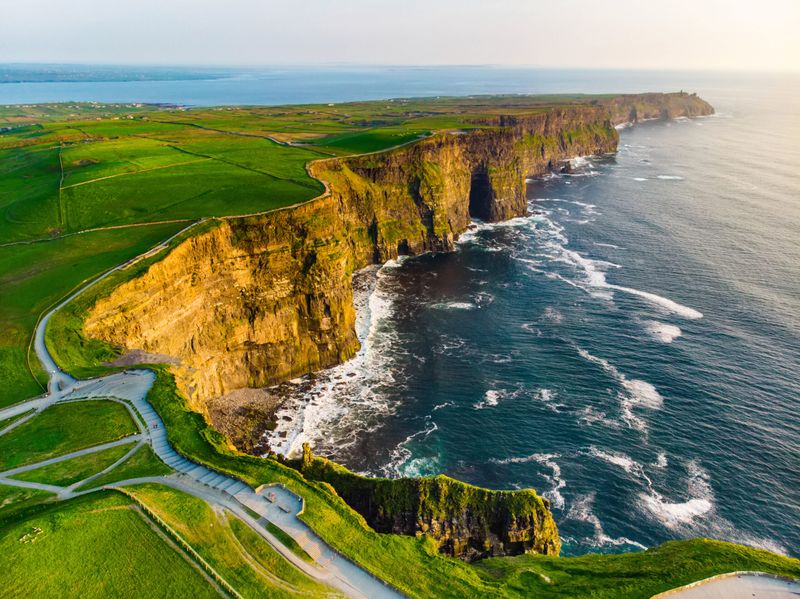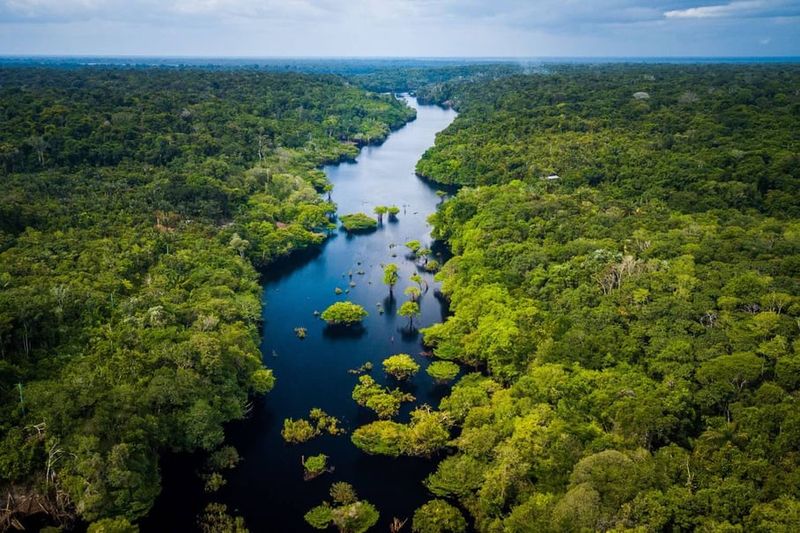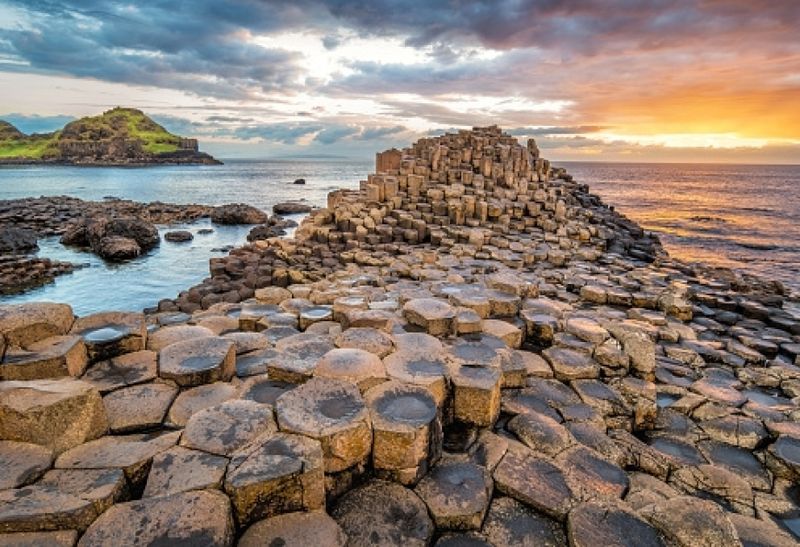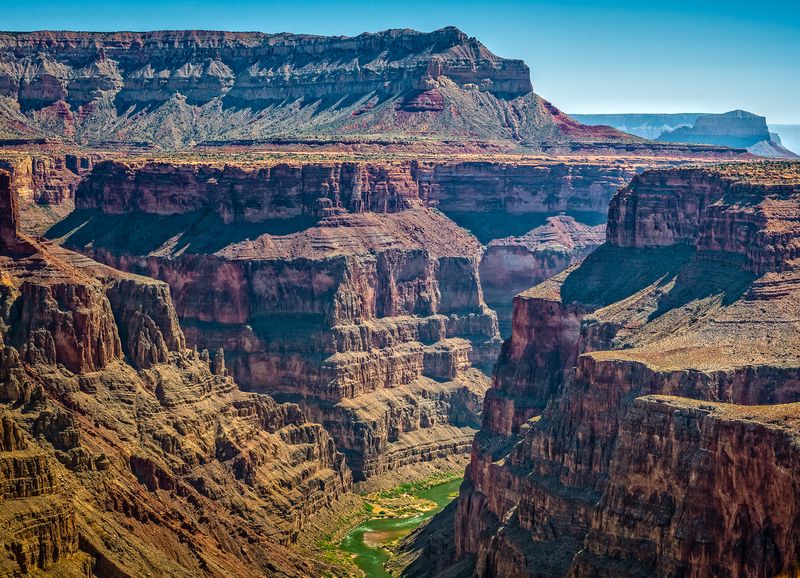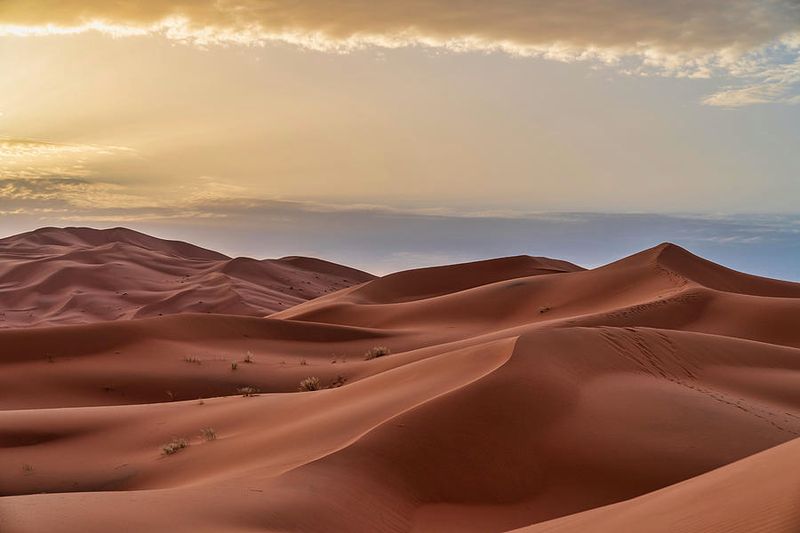Nature plays the long game. The most breathtaking landscapes on Earth didn’t happen overnight—they were shaped by time, pressure, and patience beyond human comprehension. These natural wonders are living proof that slow and steady doesn’t just win the race—it sculpts the planet. Here are 10 jaw-dropping formations that took millions of years to create—and the mind-blowing processes behind them.
1. The Great Barrier Reef (Australia)
The Great Barrier Reef is a living canvas of vibrant colors and life. Formed by coral polyps and marine organisms, it has been a labor of love for over half a million years. As ancient land masses submerged, coral creatures built sprawling underwater cities. The reef stretches over 1,400 miles, a testament to nature’s patience and precision. Snorkelers and divers explore its depths, encountering a panorama of marine diversity. This underwater wonderland is both fragile and resilient, a delicate balance of life that continues to evolve.
2. Uluru / Ayers Rock (Australia)
Uluru stands as a silent sentinel in Australia’s heart, bearing witness to eons of change. Once part of a seabed, this colossal sandstone monolith has withstood time’s relentless embrace. Through tectonic uplift and erosion, its surface was sculpted into the iconic shape we see today. As the sun sets, Uluru glows in fiery reds, casting a spell on all who gaze upon it. This sacred site holds deep cultural significance, intertwining human stories with geological marvels. It’s a place where earth and spirit meet.
3. The Cliffs of Moher (Ireland)
Ireland’s Cliffs of Moher rise dramatically from the Atlantic, a testament to nature’s raw power and artistry. Formed over 300 million years, layers of shale and sandstone tell a tale of ancient seas and relentless waves. As the ocean carved away the rock, towering formations emerged, reaching heights up to 700 feet. Visitors are drawn to their edge, mesmerized by the wild beauty and the rhythmic dance of sea and stone. This iconic landscape captures the untamed spirit of Ireland’s coastline.
4. The Amazon Rainforest (South America)
The Amazon Rainforest, a green ocean of biodiversity, has been woven over 55 million years. As South America drifted from Africa, tropical climate cycles and evolving life shaped this vast ecosystem. It is Earth’s most biodiverse habitat, home to countless species that continue to surprise and inspire. The air hums with life, a symphony of sights and sounds that never ceases. This vibrant forest plays a crucial role in global ecology, reminding us of the interconnectedness of all living things.
5. Mount Everest (Nepal/Tibet)
Mount Everest towers above the world, a testament to the unstoppable forces of nature. Formed by the collision of the Indian and Eurasian plates, the Himalayas were thrust skyward around 60 million years ago. Everest continues to rise, defying limits with each passing year. Climbers are drawn to its icy heights, seeking to conquer its challenges and witness its magnificent vista. The mountain stands as a symbol of Earth’s dynamic nature, a reminder of the ever-changing world beneath our feet.
6. The Giant’s Causeway (Northern Ireland)
The Giant’s Causeway is a surreal landscape of geometric wonder. Born from ancient volcanic activity, lava cooled rapidly to form hexagonal basalt columns. This natural phenomenon, about 50-60 million years old, resembles a meticulously crafted stone staircase. Visitors wander among the columns, enthralled by the symmetry and scale. Legends weave tales of giants, adding mystique to the scene. This UNESCO World Heritage Site is a geological marvel, showcasing nature’s ability to create order from chaos.
7. The Grand Canyon (USA)
Over millions of years, the Grand Canyon has been the center of awe and wonder. Carved by the powerful Colorado River, this natural masterpiece reveals nearly 2 billion years of Earth’s geological history. As the river sliced through layers of rock, colorful, striated cliffs emerged, showcasing the intricate artistry of erosion. Each layer tells a story, painting a vivid picture of time gone by. Visitors stand on its edge and feel the whispers of ancient epochs, a reminder of nature’s relentless passage and the timeless beauty it creates.
8. The Sahara Desert (Africa)
The Sahara Desert, a vast sea of sand, has transformed over 7 million years. Once lush and verdant, climate shifts gradually dried it into the largest hot desert. This ever-expanding landscape of dunes and oases holds memories of ancient civilizations and lost worlds. Travelers traverse its golden sands, experiencing the silence and solitude. Despite its harsh conditions, life finds a way to endure. The Sahara is a place of stark beauty and timeless mystery.
9. Bryce Canyon Hoodoos (USA)
Bryce Canyon’s hoodoos, whimsical rock spires, capture the imagination. These formations began over 60 million years ago through frost-wedging and erosion. Water seeped into rock cracks, froze, and expanded, fracturing the sandstone. Wind and rain sculpted the bizarre shapes seen today. The hoodoos stand like sentinels, each with its own distinct character. Visitors roam the canyon, entranced by the vibrant colors and otherworldly landscape. This natural amphitheater invites wonder and exploration.
10. Niagara Falls (USA/Canada)
Niagara Falls, a mesmerizing cascade of power and grace, was born 12,000 years ago. Glacial activity shaped the Great Lakes and diverted water into the Niagara River, creating these iconic waterfalls. The falls retreat annually, carving deep gorges with relentless force. Tourists flock to witness the thundering waters, feeling its mist on their faces. This natural wonder is a spectacle of motion and sound, a testament to water’s transformative power.
